
Capsaicin Patch versus Lidocaine Patch: Making the Best Choice for Nerve Pain
Release time:2023-11-01 Click:129
Neuropathic pain, caused by nerve damage, can be difficult to treat with oral medications alone. Topical patches that deliver medication through the skin are emerging as effective options that target localized pain. Two common topical patch treatments for nerve pain are capsaicin patches and lidocaine patches. But which one should you choose for optimal relief?
Capsaicin is derived from chili peppers and works by depleting substance P, a neurotransmitter that signals pain. With repeated use, capsaicin patches reduce the sensitivity of pain nerves and discomfort in the applied area.
Lidocaine is a local anesthetic that blocks sodium channels on nerves, preventing painful stimuli signals from reaching the brain. Lidocaine patches provide a temporary numbing effect that makes nerve pain more tolerable.
Both capsaicin and lidocaine patches are FDA-approved to treat post-herpetic neuralgia pain from shingles outbreaks. Capsaicin patches are also proven effective for diabetic neuropathy and neuropathic pain from HIV, multiple sclerosis, and other conditions.
Lidocaine patches relieve a broader range of nerve pain including lower back pain, carpal tunnel syndrome, and postoperative neuropathic pain. They provide short-term relief and are suited for pain flares.
A major perk of capsaicin and lidocaine patches alike is the benefit of localized treatment without systemic side effects seen with oral medications. Both patch types are generally well tolerated.
Capsaicin offers longer-lasting pain relief between doses compared to lidocaine. Studies show capsaicin patches provide pain reduction for up to 12 weeks.
Lidocaine patches have a quicker onset than capsaicin, providing numbness within minutes. Lidocaine may be preferable for patients who cannot tolerate the initial burning sensation of capsaicin.
In summary, Capsaicin Patch and lidocaine patches are both proven effective for treating many types of neuropathic nerve pain. Capsaicin offers longer-lasting relief while lidocaine starts working more quickly.
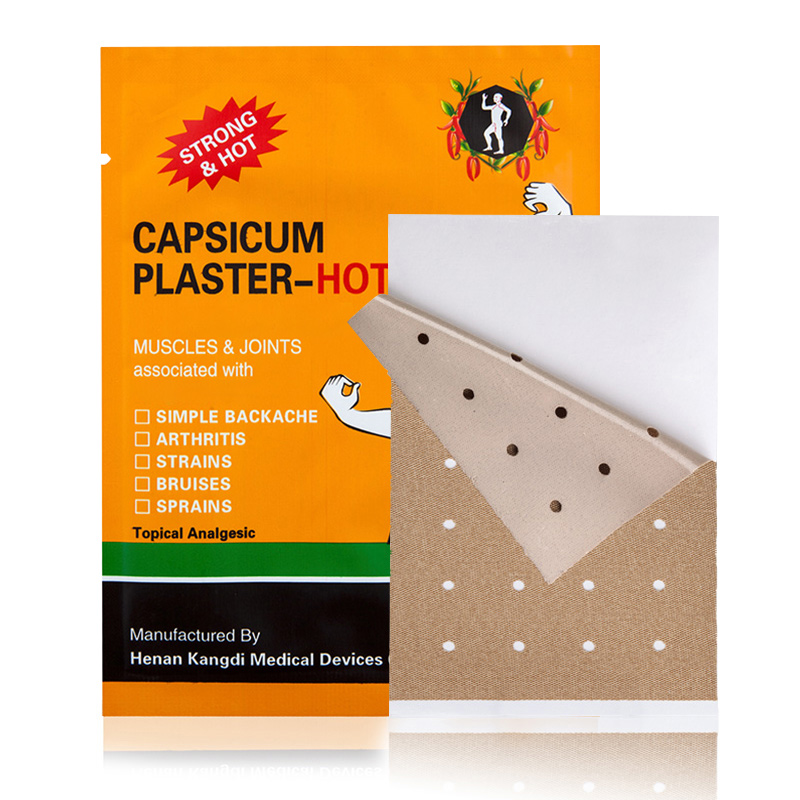
Hot products
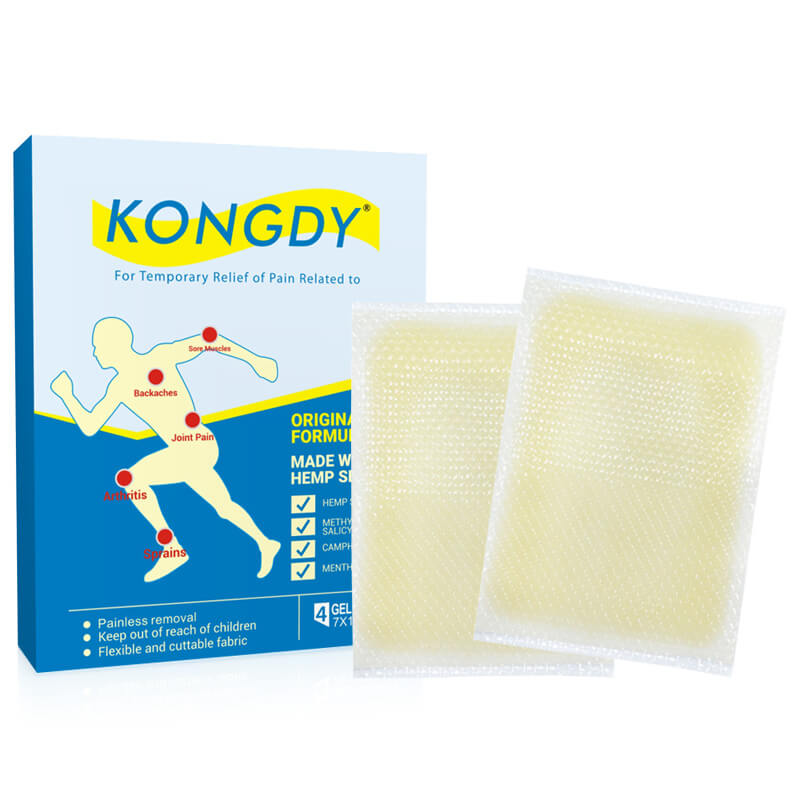
CBD Pain Relief Patch
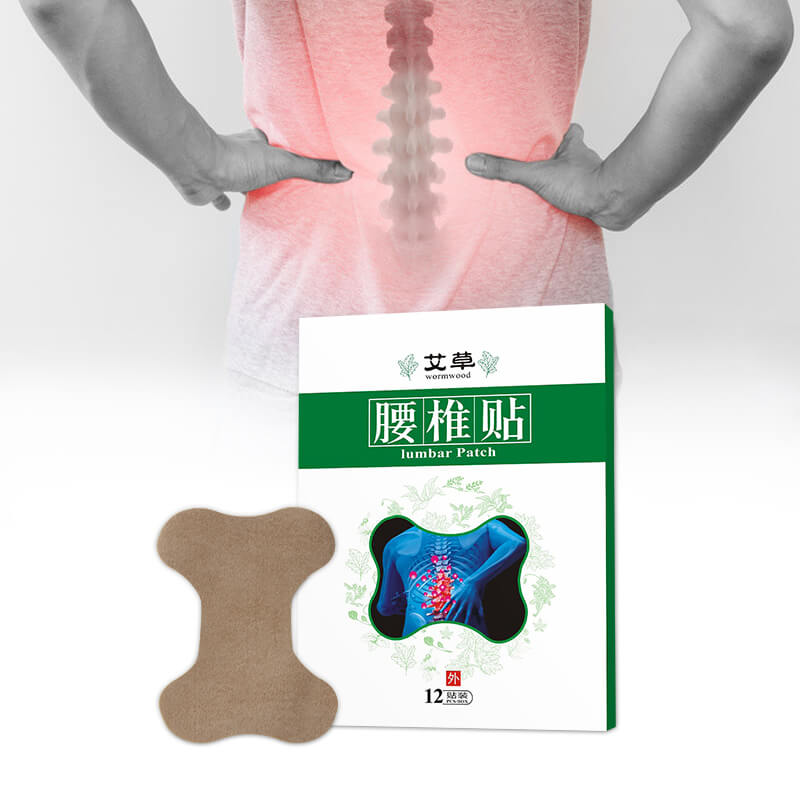
Lumbar Plaster Pain Relief Patch
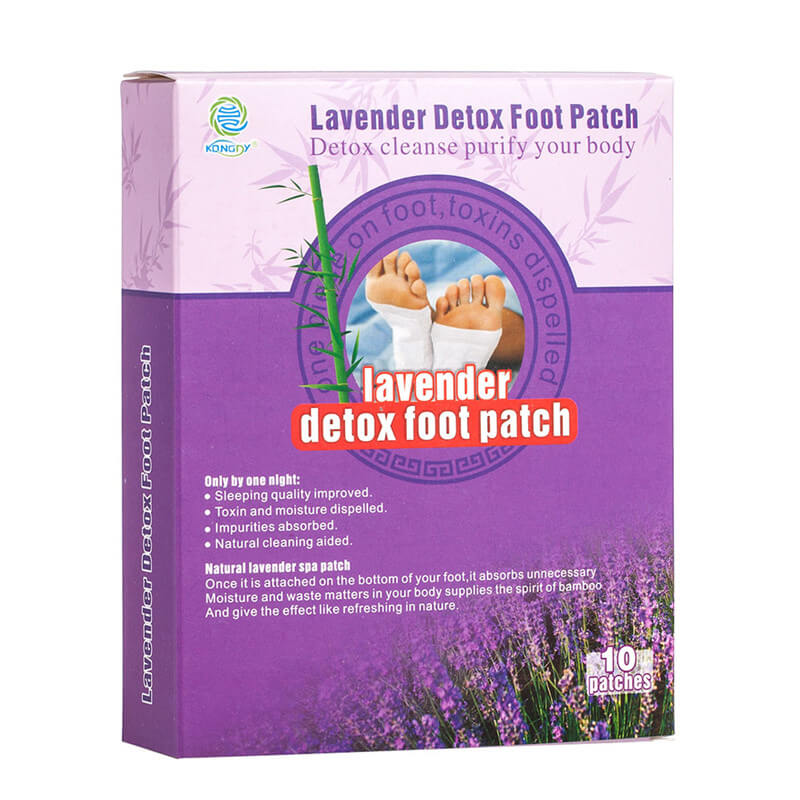
Lavender Detox Foot Patch
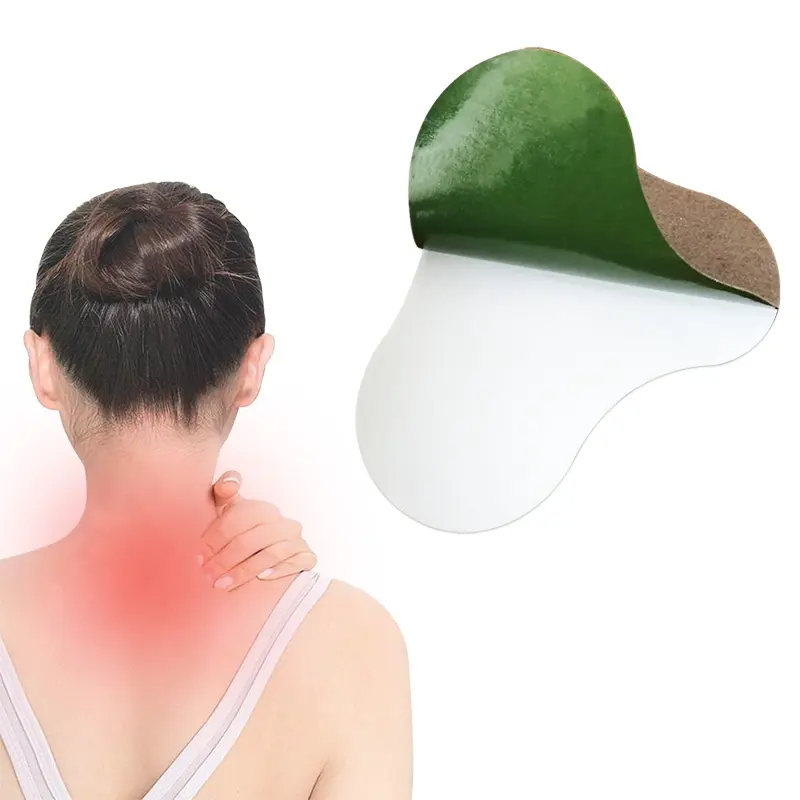
Cervical Vertebra Pain Relief Patch
Tel:0086-18939260319
E-mail:kongdycn201810@gmail.com
